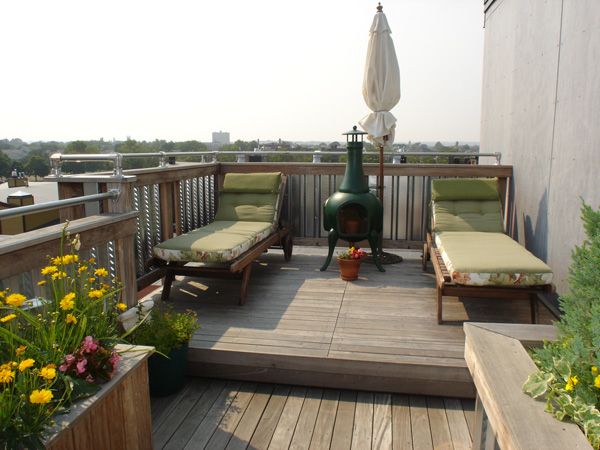How NOT to build a deck
When building a deck it is important to follow certain rules and the recommendations of people who know what they’re doing. Cutting corners and having a deck built cheaply is practically guaranteed to result in a bad quality deck that will need replacing within a few years. Not only is a badly built deck a waste of money but it can also be extremely dangerous.
Of course, not all clients are aware of the corners cut by their builders. That’s why we wanted to share some of the common issues we come across when we are called out to fix or replace decks, so that you can avoid being caught out!
Here are some basic tips to avoid costly mistakes:
1. Spans.
To support the deck you need to select the right sized timber for the span (unsupported distance) you intend to use. In the photo below, the span is 3.6m and a 228mm beam was used. This is OK, but all the subsequent beams towards the back wall were 114mm – NOT FINE.
And the client asks “why is my deck bouncy?”
2. "Waterproofing" the area underneath
Sometimes people want to keep the area below the deck dry for storage, parking etc. Understand that the timber used for your structure and your planks has to have ventilation, otherwise the wood remains wet and will rot. Putting plastic sheeting below your decking planks is a sure way for your decking planks to rot.
Even if you are using composite decking planks, this is a bad idea.
3. Attaching truss hangers incorrectly
When using truss hangers, make sure they are securely fixed to both the support structure or wall as well as the trusses.
In this photo the deck has been raised and a spacer block inserted into the truss hanger. The truss has then been balanced on top of this block and not secured to the truss hanger. It could easily slip off.
4. Handrailing shortcuts
Considering that handrails are the things that stop you falling off your deck, they need to be built according to building codes and should be secured strongly to the substructure.
When side fixing (as in the photo below), it is important that any timber beam used should be at least 50mm thick, preferably 76mm, and the posts should be fixed using bolts, washers and nuts, not just screwed into the timber.







Comments
Post a Comment